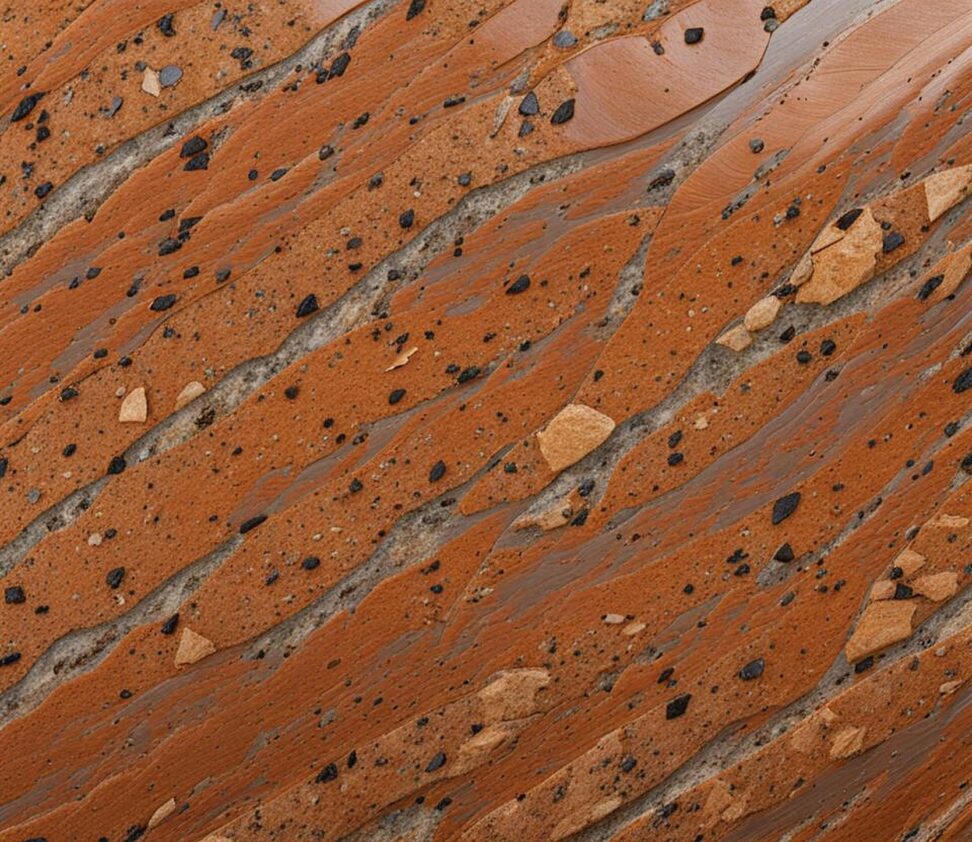Are There Different Grades of Granite Countertops? Unraveling Quality Tiers
Granite countertops have become a coveted addition to modern kitchens, offering durability, elegance, and a touch of luxury. However, as you embark on your kitchen remodeling journey, you may find yourself pondering the question: are there different grades of granite countertops? The answer is a resounding yes, and understanding these grades is crucial in making an informed decision that aligns with your aesthetic preferences and budget.
Granite Countertop Grading Unveiled: A Comprehensive Overview
The grading system for granite countertops is a reflection of the stone’s quality, composition, color, pattern, and rarity. These factors play a pivotal role in determining not only the visual appeal but also the durability and longevity of the countertop. Typically, the higher the grade, the more expensive the granite will be, as rarer and more visually striking stones command a premium price.
It’s important to note that the grading system is not universally standardized, and different suppliers or manufacturers may have their own criteria for assigning grades. However, most follow a general guideline that categorizes granite into four main grades, each with its own unique characteristics and cost implications.
Exploring the Different Grades of Granite Countertops
Let’s delve into the intricacies of each grade, empowering you to make an informed choice that aligns with your design vision and budget constraints.

1. Grade 1 (Premium/Exotic): At the pinnacle of the grading hierarchy lies Grade 1, also known as Premium or Exotic granite. These stones are highly sought-after for their rarity, exquisite color variations, and intricate patterns. They are often quarried in limited quantities, making them a true statement piece in any kitchen. While Grade 1 granite commands a premium price tag, it offers unparalleled beauty and exclusivity that can elevate the overall aesthetic of your space.
2. Grade 2 (Semi-Precious): Slightly more affordable than Grade 1, yet still boasting remarkable visual appeal, Grade 2 or Semi-Precious granite strikes a balance between quality and cost. These stones feature unique color combinations and patterns, albeit slightly less rare than their Grade 1 counterparts. If you’re seeking a luxurious look without breaking the bank, Grade 2 granite may be the perfect choice for your kitchen countertops.
3. Grade 3 (Standard/Commercial): Stepping into the realm of Grade 3, also known as Standard or Commercial granite, you’ll find a versatile range of options that cater to a wide array of design preferences and budgets. While not as rare as the higher grades, these stones still offer beautiful colors and patterns that can complement various kitchen styles. Grade 3 granite is often a popular choice for those seeking a balance between aesthetics and affordability.
4. Grade 4 (Builders/Economy): At the most budget-friendly end of the spectrum lies Grade 4, commonly referred to as Builders or Economy granite. These stones are more readily available and relatively inexpensive, making them an accessible option for those working with tighter budgets. While Grade 4 granite may not boast the same level of rarity or intricate patterns as the higher grades, it still offers a durable and attractive solution for those seeking a practical and affordable countertop material.
Selecting the Right Granite Countertop Grade for Your Needs
With a deeper understanding of the different granite grades, the next step is to assess your specific needs and preferences. Consider the following factors to guide your decision-making process:
- Design preferences: Are you aiming for a show-stopping centerpiece or a subtler, more understated look?
- Budget constraints: Determine your financial comfort zone and prioritize accordingly.
- Durability and maintenance requirements: Evaluate the level of wear and tear your countertops may endure, and choose a grade that can withstand your lifestyle.
- Room type: The grade of granite you select may vary depending on whether it’s for the kitchen, bathroom, or other living spaces.
Don’t hesitate to engage with knowledgeable professionals who can provide valuable insights and guidance, ensuring you make an informed decision that meets both your aesthetic and practical needs.
Proper installation and maintenance are essential to preserving the beauty and longevity of your granite countertops, regardless of the grade you choose. Here are some key considerations:
Installation: While the installation process is similar across all grades, it’s crucial to work with experienced professionals who understand the nuances of handling and installing granite. Proper techniques, such as appropriate support and sealing, can prevent cracks, chips, or other damage during and after installation.
Maintenance and cleaning: Different grades of granite may require slightly different maintenance routines. Generally, it’s recommended to use pH-neutral cleaners and avoid abrasive materials that could scratch or dull the surface. Regular sealing is also advisable to protect the stone from stains and spills.
Protecting your investment: Granite countertops are a significant investment, and taking proactive measures to protect them is essential. Sealing your countertops at regular intervals, using trivets or hot pads for hot items, and avoiding cutting directly on the surface can help extend their lifespan and maintain their visual appeal.
Identifying potential issues: While granite is a durable material, it’s not immune to potential issues. Be vigilant for signs of cracks, chips, or stains, and address them promptly to prevent further damage. Consulting with professionals can help you identify the root cause and determine the best course of action based on the grade of your granite countertops.
By understanding the different grades of granite countertops, their unique characteristics, and the necessary care and maintenance, you can make an informed decision that aligns with your design vision, budget, and lifestyle. Embrace the beauty and durability of granite, and let your kitchen become a reflection of your personal style and taste.